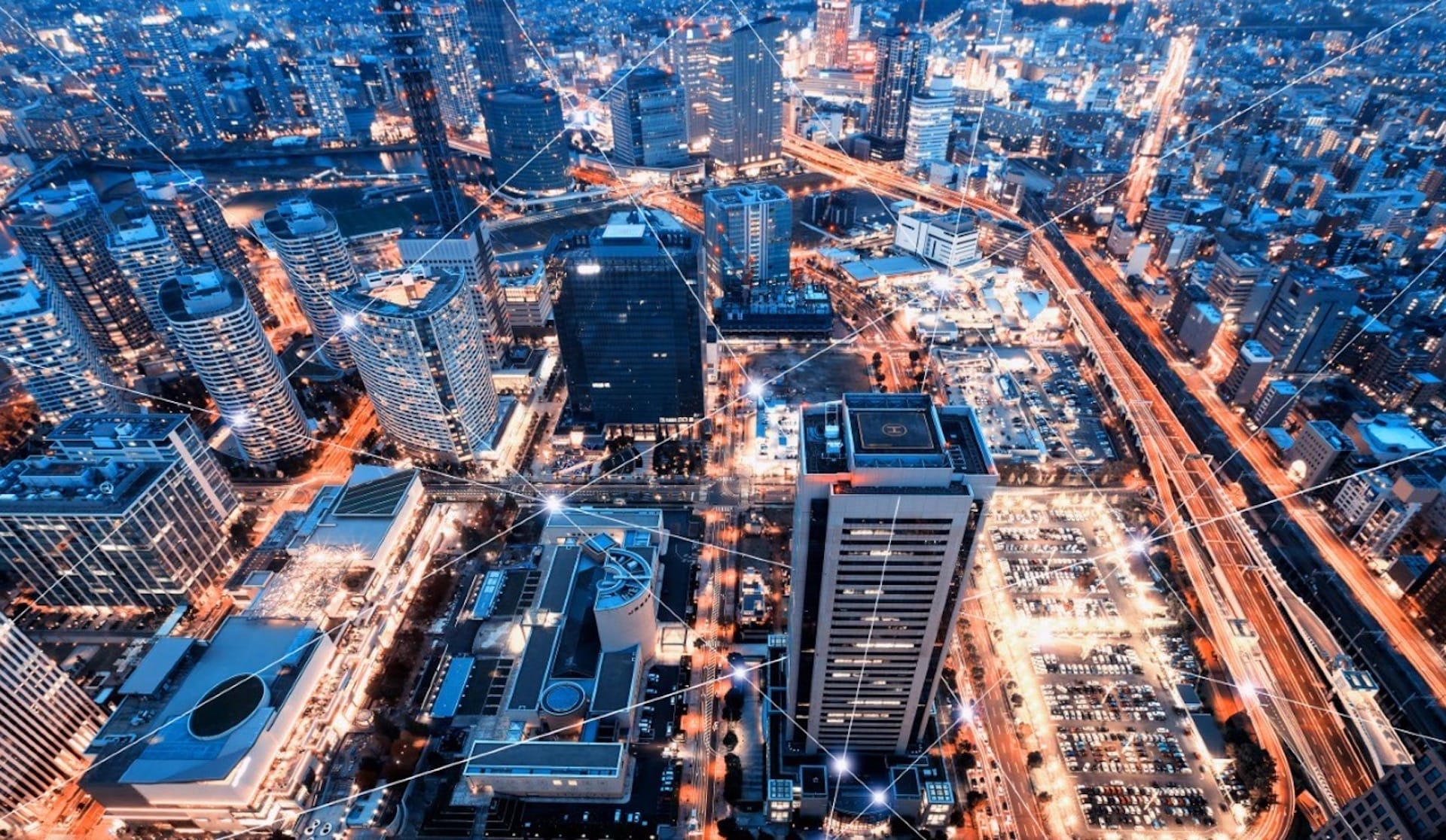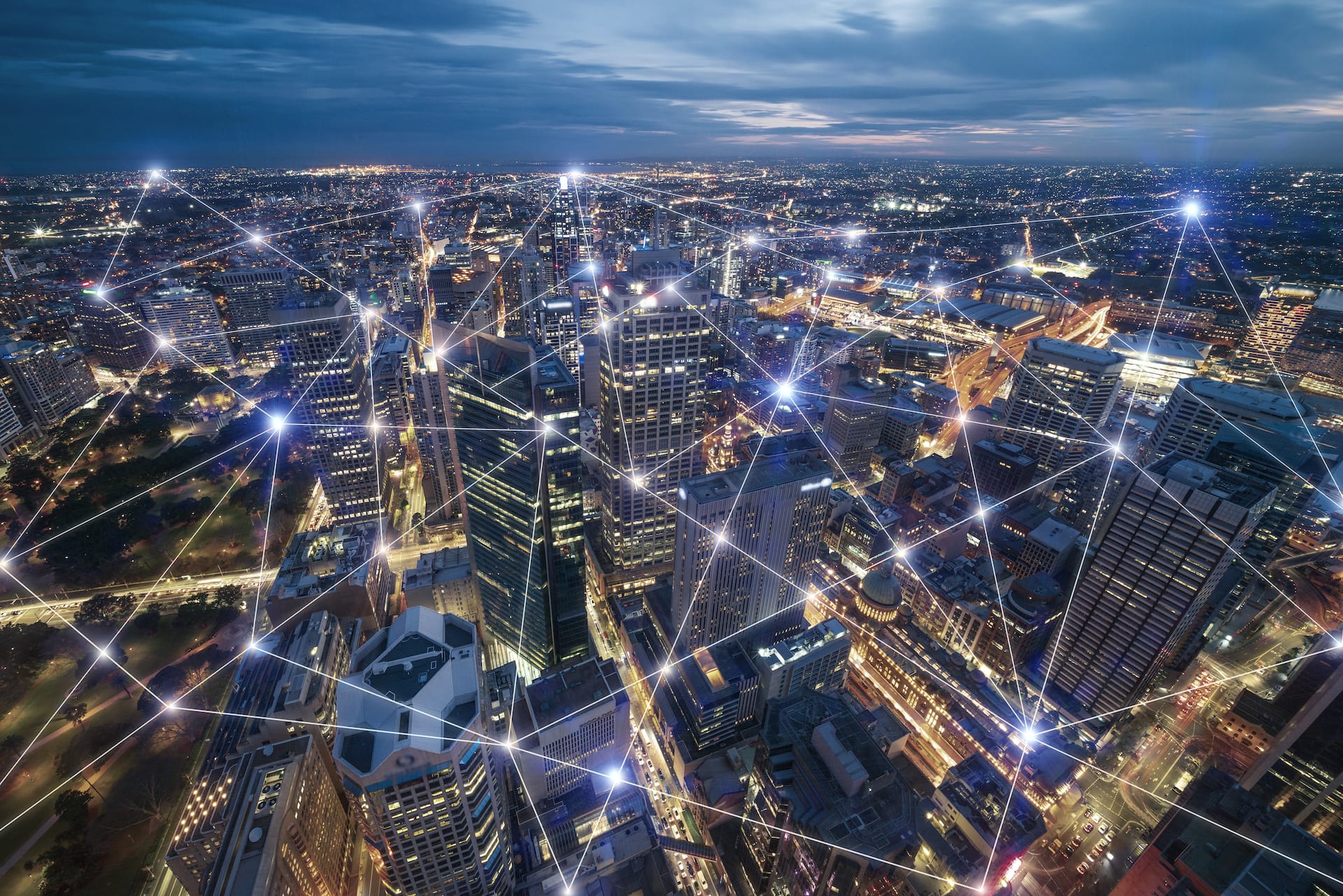Press Release: To say 2022 was groundbreaking is an understatement. Much of last year's outlook for the data center industry concerned the balance between digital growth and the sustainability of practices. However, we could not have foreseen the impact of the ongoing massive disruption of the geopolitical environment – including that we would face a serious energy crisis.
The current situation puts a sharper emphasis on the importance of solving the issues raised last year and at the same time draws attention to new challenges. However, it is not only destruction itself - for example ongoing digitization represents new opportunities for the industry.
Below are some of the events, both good and bad, that we can in the data center industry expected in 2023 and beyond.
1) Energy uncertainty
The biggest problem we are currently facing is the extremely high cost of energy. Its price has risen so high that it is becoming a real problem for large energy consumers such as data center owners. Can they pass these costs on to their customers? Will prices continue to rise? Do they have the cashflow to handle it within their business model? While sustainability and the environment have always been the argument for a renewable energy strategy, today we need renewables within the region to protect supplies for European countries primarily for reasons of energy security and cost. Microsoft, for example, is taking a step in this direction. Its Dublin data center is equipped with grid-connected lithium-ion batteries to help grid operators ensure uninterrupted power in the event that renewable sources such as wind, solar and sea fail to meet demand.

This need accelerate the production of energy from renewable sources is actually an extension of last year's outlook. Now, however, it is much more urgent. It should serve as a warning signal to governments across the EMEA region that they can no longer rely on traditional energy sources.
2) Broken supply chains
COVID-19 has had a huge impact on global supply chains across many industries. But once the pandemic subsided, businesses everywhere were lulled into a false sense of security, thinking the worst was over.
No one anticipated the second blow, a geopolitical crisis that proved even more devastating than COVID for some supply chains — especially semiconductors and base metals that are important for data center construction. As a fast-growing market, the data center industry is very sensitive to supply chain disruptions, especially when it is trying to expand.
The entire industry continues to struggle with supply chain disruption. And the current geopolitical situation suggests that this adverse trend is likely to continue.
3) Addressing growing complexity
Demands for digital growth have reached unprecedented levels. All possible ways to fulfill this need more easily, economically and in the shortest possible time were explored.
However, this approach may conflict with the nature of many highly complex, mission-critical environments. A data center is home to many different technologies – from HVAC systems to mechanical and structural solutions to IT and other computing systems. The challenge is the effort to speed up the development of such highly complex, interdependent types of environments so that they do not lag behind the current trends in digitization.

To that end, data center designers, operators, and suppliers are creating systems that reduce this complexity while respecting the mission-critical nature of the application. One way to reduce the complexity of data center design and construction while ensuring faster time-to-market is through industrialization, or modularization of data centers, where they are delivered to the site prefabricated, pre-designed and integrated units.
4) Going beyond traditional clusters
Until now, traditional data center clusters were located in London, Dublin, Frankfurt, Amsterdam and Paris. Either because many companies are based in these cities, or because they are natural economic clusters with rich telecommunications connections and an ideal client profile.
In order to provide quality services and be closer to the centers of population and economic activity, it is increasingly advantageous to build data centers in smaller cities in developed countries and in the capitals of developing countries. Competition among data center providers is strong, so many of these smaller cities and nations provide growth for existing operators or offer easier entry for new operators. For this reason, increased activity can be observed in cities such as Warsaw, Vienna, Istanbul, Nairobi, Lagos and Dubai.

However, this expansion does not come without problems. For example, considerations regarding the availability of suitable locations, energy and technical manpower further increase the complexity of the overall operation of the organization. And in many of these countries, there may not be enough experience or workers to help design, build and operate a new data center.
Overcoming these challenges will require data center owners to relearn the industry each time they move to a new geography. Despite these challenges, however, new markets are still opening up and many operators are trying to gain first-mover advantage in emerging secondary markets. Many jurisdictions welcome data center operators with open arms and some even offer them attractive incentives and subsidies.
This year has shown that we cannot be sure of anything. The aftermath of COVID and the current geopolitical system has left the industry facing a number of unprecedented challenges. Opportunities to grow however, they exist. Trends suggest that the more forward-thinking operators will be able to weather the storm and face whatever the future holds.
Discussion of the article
Discussion is not open for this article.